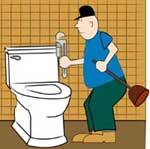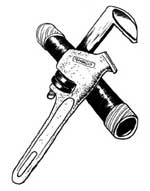|
Textured ceilings are achieved with a little determination, motivation and perseverance.
Textured ceilings are a great way to either hide imperfections and rough seams or just simply add interest and beauty to your ceiling. It is very difficult to drywall a ceiling to perfection especially if it is your first time. Texturing is a simple solution to covering up problem areas and it adds to the overall look of a room. Method:There are a couple of different methods when looking for textured ceilings. It can be performed by hand using thinned drywall compound with a roller or trowel or it can be applied with a spray applicator. When applied with a roller or trowel by hand there are quite a few choices as to patterns and textures available. Check with your local hardware store for patterns available or make your very own unique pattern using old paintbrushes, wallpaper brushes, fingers, rope, crumpled up paper, and stencils. Spraying the texture on with an electric sprayer is much easier, but you are somewhat limited to what designs you can achieve. The sprayer can be adjusted to produce a fine or coarse spray but is limited to just that. With both methods you will be required to work very quickly before the drywall compound starts to set. You don’t need to be an expert to texture a ceiling but practicing on scrap drywall to helps to insure a uniform finish for your final product.Working with thinned drywall compound can be messy business. Be sure to remove any furniture from the room before you begin this job. Possible tools required for ceiling texturing could include stencils, old paintbrushes, sponges, drywall compound, a stepladder, and trowels.
Tips:
There are endless possibilities for texturing ideas. With a little creativity you can make your very own unique pattern with everyday items found around the house. Some of the most beautiful home are laced with unique designs created by people just like you. Use your imagination and try something different.
Return to Family Handyman Questions from Textured Ceilings Page
|
Family Handyman Quick Links
Looking for a Toronto plumber? Hiring a plumber can effectively fix your plumbing!
Download free Handyman clipart
Download free Handyman Business forms


